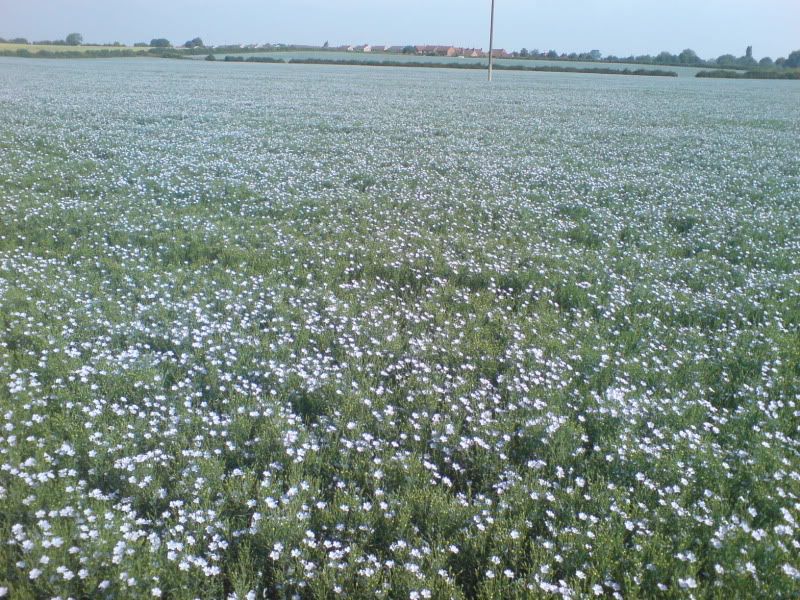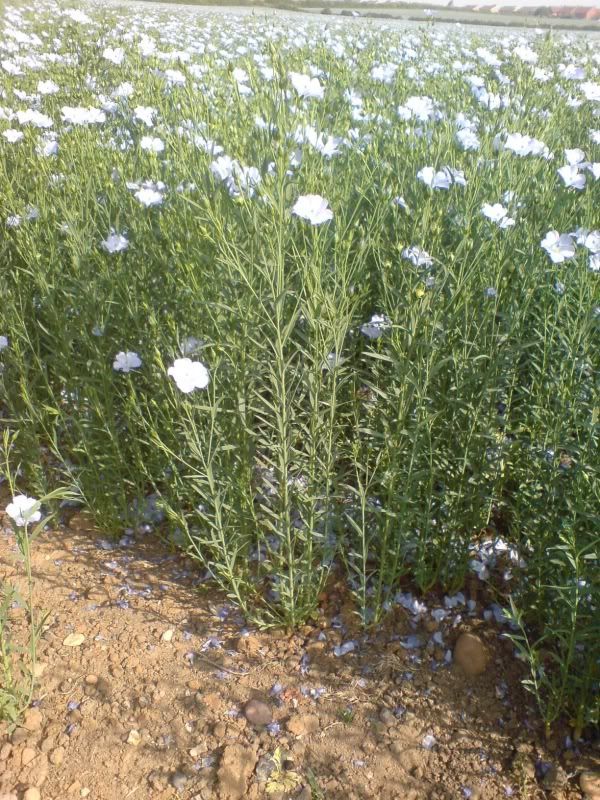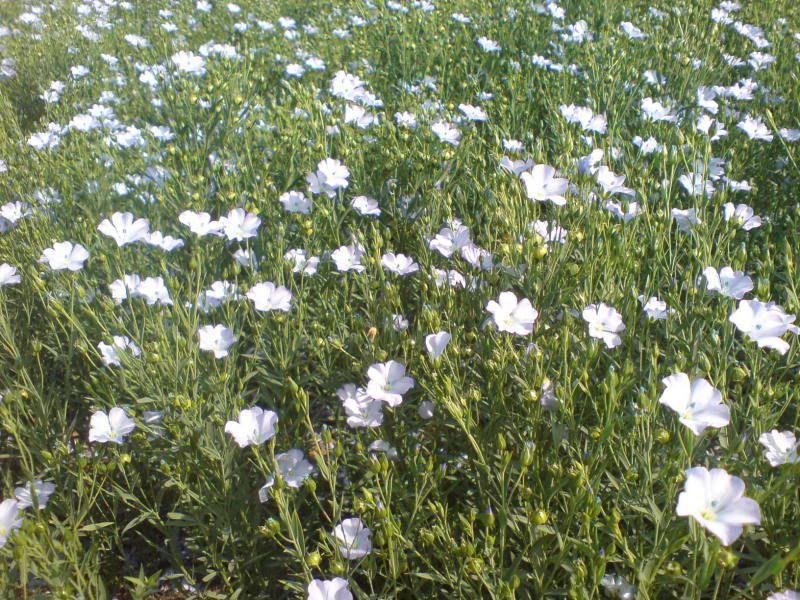Ando
New Bee
- Joined
- Mar 22, 2009
- Messages
- 80
- Reaction score
- 0
- Location
- Leicester, uk
- Hive Type
- National
- Number of Hives
- 7
Hi
Can anyone identify this plant and tell me what it is, I have 3 fields of it 250m from the hives, I stopped and had a quick look in the field this morning to see if there were bees on it, I did see a few flying around it and some bumbles.



Is it good for the bees and should I be ready with more supers? It has come in to flower middle of last week.
Cheers
Mark.
Can anyone identify this plant and tell me what it is, I have 3 fields of it 250m from the hives, I stopped and had a quick look in the field this morning to see if there were bees on it, I did see a few flying around it and some bumbles.



Is it good for the bees and should I be ready with more supers? It has come in to flower middle of last week.
Cheers
Mark.




 just done a quick search and found this. click the link to see a good close up of the flower.
just done a quick search and found this. click the link to see a good close up of the flower.









































